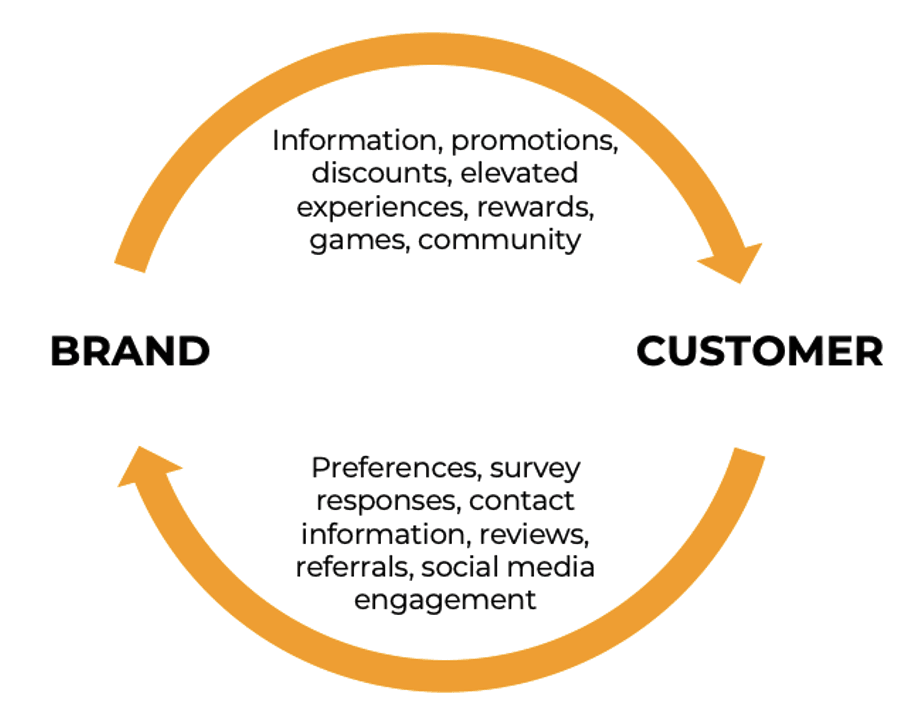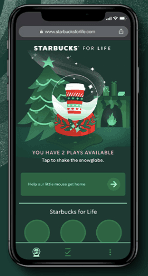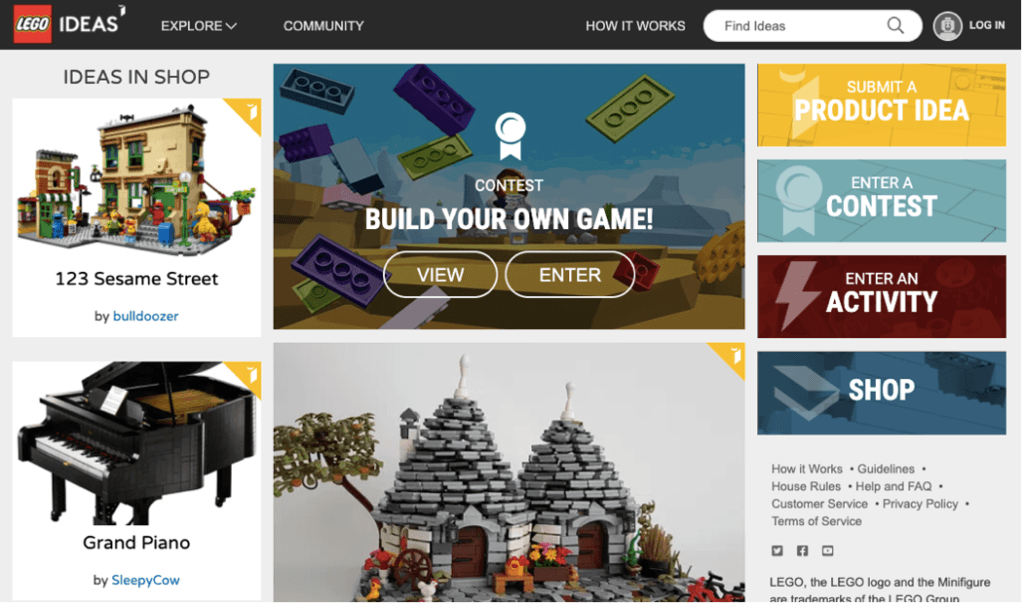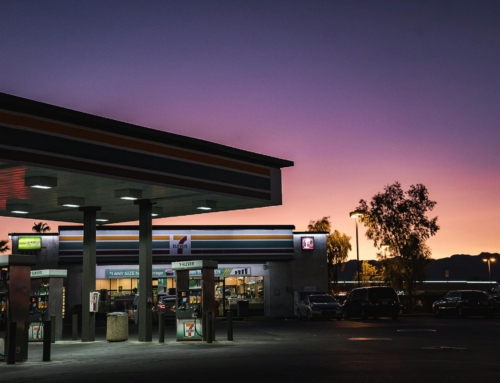What brands do you absolutely love? This afternoon I talked rhapsodically about my Peloton and my latest achievement badge (a 90-week streak, in case you’re wondering) in a client meeting that had nothing to do with stationary bikes. Think about the last time you said positive things about a brand or engaged with one. And, no, the last time you bought something on Amazon doesn’t count. A purchase is certainly one form of engagement, but the type of engagement to which I’m referring is more interactive. Did you like a brand’s post, leave a comment on social media or have a real-life conversation about one? Or, maybe you called customer service to get an answer to a question or responded to a post-purchase survey.
What is Customer Engagement?
Engagement is an interaction between a brand and a customer that can occur across various communication or content channels. Engagement is deeper than a transaction or pure consumption of content. We all know there is a big difference between mindlessly scrolling Instagram or Pinterest versus commenting on a post or making a phone call.
If you reflect back on that last interaction you had with a brand, chances are you wanted something or had a strong affinity for the brand. Unless, of course, that interaction you had was leaving a bad review. Engagement typically involves an exchange of value between the brand and customer. The customer is actively identifying themselves to the brand as an individual who is seeking or sharing information, connection, or even a reward. The brand in turn provides valuable content, a platform for connection, or a reward or other financial incentive.

Engagement is valuable because it opens the lines of communication between the brand and the customer and is often the start of a relationship. Engagement provides information or interaction that builds confidence in the customer’s mind and helps nudge them closer to purchase. So how can we drive engagement while providing value for both the customer and the brand?
Strategies for Driving Engagement

One of the most popular ways brands are driving engagement is through gamification. This strategy involves applying game mechanics (challenges, bingo cards, scratch-off, spin-to-win, and—yes—badges) to marketing-driven outcomes, such as visiting a website, watching a video, or interacting on a platform. Starbucks just concluded its annual “Starbucks for Life” game where Rewards members earn a “play” with every purchase. Each play earns a game piece that members collect to win one of 2.5 million prizes, and 5 lucky members earn Starbucks for Life. Designed to drive purchases through the holiday season and bring joy to their valuable Rewards members, Starbucks for Life has become wildly popular and is an event customers look forward to all year. “Treat gamification as a strategy rather than a tactic,” says Todd McGee, CEO of Cataboom, a leading SaaS-based gamification platform. “Consistency is key to driving ongoing engagement with your brand.”
Communities are another strategy for motivating engagement that borrows from the mechanics of gamification. Leaderboards and badges that celebrate achievements, plus the ability to interact with other community members and belong to a group is a powerful combination. Several well-known brands provide community and connection for their members, including LEGO (LEGO Ideas), Sephora (Beauty Insider Community), REI (Conversations), Harley Davidson (Harley Owners’ Group), Nike (Nike Run Club and Nike Training Club), and my personal favorite, Peloton (The Output). Communities are a big commitment involving consistent content creation, moderation, and continued member base growth. Engagement among members is critical when cultivating a thriving brand community and is the mark of distinction between a content platform with an audience and a true community.

Another strategy for driving engagement is providing valuable content that attracts customers to your site or social channels. Sure, it’s important to advertise your products or services, but well-developed content goes a long way toward establishing trust with customers. And with pre-purchase online research at an all-time high, providing credible information that addresses customers’ most burning questions has never been more important. With more than 10 million subscribers to its YouTube channel, GoPro is a leading example of how content drives engagement. The brand’s annual Million-Dollar Challenge video garners millions of views, thousands of comments, and the best part – the video is composed entirely of user-generated content. Packed with lifestyle videos, tutorials and field guides, GoPro’s YouTube channel provides valuable product information while also driving aspiration to purchase their products and live the GoPro lifestyle.

While it may not be as exciting as watching a video of a mountain biker do a backflip over a 72-foot canyon, soliciting customers’ opinions is a powerful way to drive engagement and gather valuable feedback. There are several different ways to get customers talking, from posting open-ended questions on an Instagram story, to sending surveys about an experience, or asking customers to vote on a new product feature. Consistency and responsiveness are key when it comes to building ongoing conversations with customers. Recognize their contribution, share what you plan to do with their feedback, and continue the dialogue.
Which engagement strategies make the most sense for your brand? It’s important to first consider your goals and objectives for engagement. Are you trying to build awareness of your brand, adoption of a new product, visits to your website? Next, examine your customer journeys to understand where you have the best opportunity to engage with customers. Tailor your strategy to those channels and establish metrics for tracking engagement. Monitor the performance of your strategies, make adjustments as needed, and remember that the best way to get customers to engage with you is to put your brand out there and consistently engage with them.










Leave A Comment